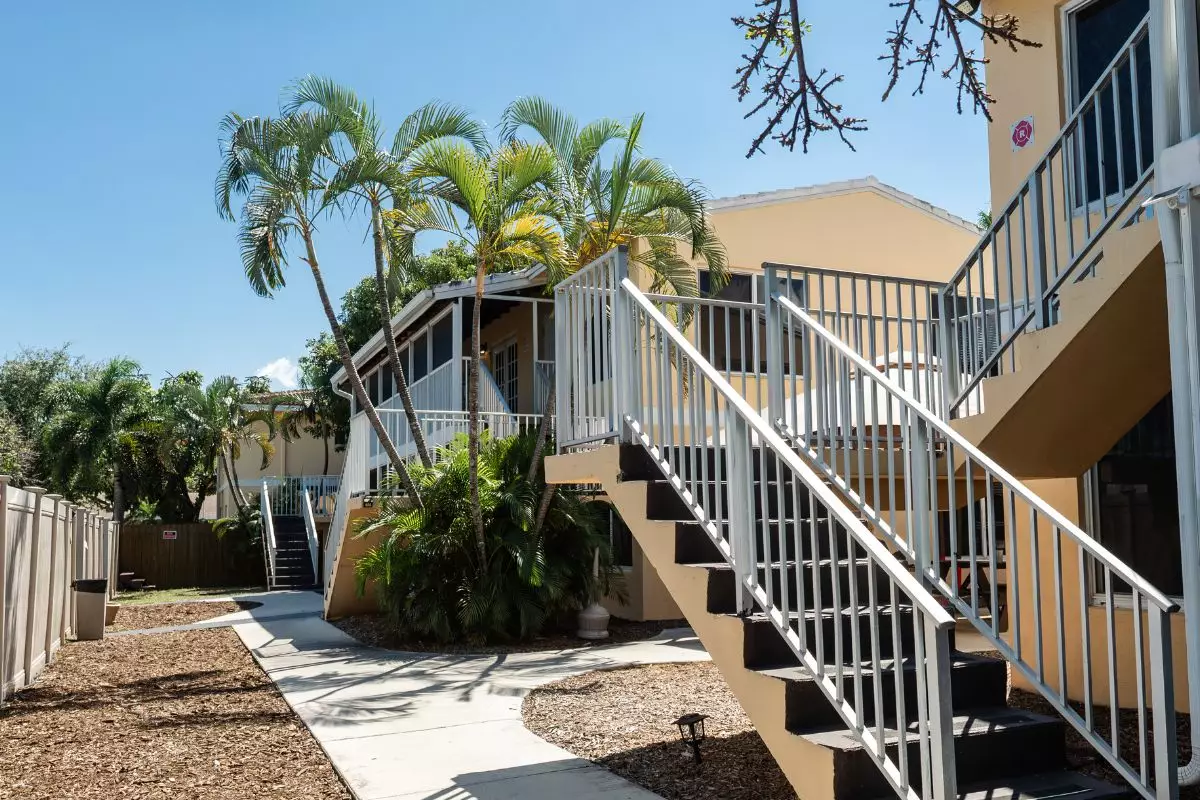For many individuals seeking recovery from drug and alcohol addiction, entering a 28-day rehab program is a critical first step. It marks the beginning of the recovery journey, often initiated during a crisis moment: a health scare, a legal issue, or a heartfelt intervention. But as families and individuals weigh their treatment options, one question continues to echo: Is 28 days enough to truly overcome addiction?
The short answer? It depends on the severity of the substance use disorder, the presence of mental health disorders, the support available after rehab, and the treatment plan used during and beyond those 28 days.
In this article, you will learn:
- How does a 28-day rehab work?
- What are the limitations of 28-day rehab?
- When is a 28-day program sufficient?
- What should you do after a 28-day rehab?
Understanding 28-Day Rehab Programs
The 28-day rehab model has become a gold standard in popular culture, thanks in part to insurance structures and cinematic dramatizations. This day rehab program format often includes inpatient treatment at a residential treatment program, where clients live on-site, undergo detox (if needed), participate in behavioral therapies, attend treatment sessions, and work with a certified addiction professional to build a plan for sustained recovery.
The goal during these 28 days is to:
- Eliminate harmful substances from the body
- Safely manage withdrawal symptoms using medical detox
- Begin medical interventions or medication-assisted treatment
- Explore the roots of substance dependency
- Engage in family therapy and peer support
- Create a comprehensive and multidimensional approach to recovery
It’s a solid foundation. But for many, it’s just that—a beginning.
What the Research Says
According to the National Institute on Drug Abuse (NIDA), effective substance abuse treatment is not a one-size-fits-all solution, and it certainly isn’t defined by a calendar.
NIDA explicitly states: “Research indicates that most addicted individuals need at least three months in treatment to significantly reduce or stop their drug use… longer treatment durations are associated with better outcomes.”[1]
So while 28 days may be a helpful starting point—particularly for detox and stabilization—longer treatment programs, continued outpatient treatment, and community support are essential for long-term sobriety.
What are the Limitations of a 28-Day Drug and Alcohol Addiction Treatment Program?
Here’s where reality checks in. Substance use disorder is a chronic condition. Like diabetes or hypertension, it often requires ongoing treatment, regular monitoring, and lifestyle changes. Expecting a single 28-day stint in a treatment center to “cure” addiction ignores this reality.
Key limitations include:
1. Not Enough Time for Dual Diagnosis
Many people entering rehab have co-occurring conditions like anxiety, depression, or bipolar disorder. A mere month often isn’t enough time to offer dual diagnosis care, which identifies, treats, and stabilizes these mental health issues alongside substance use.
2. Limited Time to Build Skills
Rehab isn’t just about getting clean—it’s about staying clean. That takes time. Developing coping strategies, building healthy routines, repairing relationships, and learning to live a substance-free life takes more than a month.
3. Risk of Relapse Without Aftercare
Without a strong post-rehab plan—including outpatient rehab programs, support groups, and a supportive and structured environment—many people fall back into old habits shortly after discharge.
When Is 28 Days Enough?
Despite its limitations, a 28-day rehab program can be highly effective under certain circumstances:
- Early Intervention: For those catching substance abuse in its early stages, 28 days can be a strong reset.
- Mild-to-Moderate Dependency: Individuals without a long history of prolonged substance abuse may benefit significantly.
- Strong Support Network: Ongoing help from family, sober peers, and a committed outpatient team makes success more likely.
- Structured Aftercare: When the 28 days are just one part of a longer recovery plan, including outpatient programs and individuals seeking recovery groups, outcomes improve dramatically.
The Role of Insurance and Access to Care
Why is 28 days the norm? In part, because that’s what many insurance providers offer.
While the Affordable Care Act requires that plans cover addiction treatment services as part of behavioral health care, the extent of treatment covered varies widely. Many rehab insurance coverage plans lean toward shorter, more cost-contained treatments. Yet studies continue to show that longer engagement in addiction treatments leads to better outcomes.
Some drug rehab centers now offer accepted same-day admissions with evaluations to determine whether outpatient treatment, extended care, or another form of residential treatment is appropriate.
Still, rehab insurance remains a barrier for many. Individuals without comprehensive coverage may struggle to afford anything beyond a short-term stay.
What Comes After 28 Days?
The most successful treatment plans don’t end at discharge—they evolve. After a residential treatment stay, individuals may transition into:
- Outpatient rehab programs for continued therapy and accountability
- Sober living homes for a supportive environment
- Medication-assisted treatment for cravings and stabilization
- Ongoing work with healthcare professionals and addiction medicine experts
Some may benefit from day admissions, medically reviewed regularly, combining the structure of inpatient care with the flexibility of outpatient programs.
The key is continuity. Addiction is a chronic condition that requires appropriate interventions at each stage of recovery.
Is It Right for You?
If you or someone you love is considering rehab, the question isn’t is 28 days enough?—it’s what do I need to stay sober long-term?
A risk-free assessment at a licensed treatment facility can help you determine the best path. Look for centers with licensed medical reviewers, experienced therapists, and a reputation for effective residential treatment.
Addiction affects both the mind and the body, particularly the liver and central nervous system. A medically guided, professionally supported, and flexible addiction treatment program offers the best chance for lifelong recovery.
Get Connected to a Rehab Program that Lasts 28 to 90 Days
A 28-day rehab can be the beginning of treatment, but it’s rarely the end.
To achieve long-term sobriety, you need more than detox and a calendar countdown. You need a comprehensive and multidimensional approach, ongoing support, and a treatment path that fits your life, not just your insurance.
There is no quick fix for substance use. But with the right team, the right plan, and the willingness to keep showing up, a substance-free life is not only possible—it’s sustainable.
If you’re ready to take the first step, contact First Step today. We can provide you with a short or long-term rehab program that works for you.
Frequently Asked Questions (FAQ)
1. What’s the difference between inpatient and outpatient rehab programs?
Inpatient rehab requires individuals to live at the treatment facility for the duration of their program, receiving round-the-clock care and supervision. In contrast, outpatient rehab programs allow individuals to live at home and attend scheduled therapy sessions and treatments throughout the week. Outpatient programs are often used after an inpatient stay or for those with milder forms of substance use disorder.
2. Can I go back to work or school after completing a 28-day rehab program?
Yes, many individuals return to work or school after completing a 28-day program, especially if they have a stable support system and a solid aftercare plan in place. However, depending on the severity of the addiction and personal progress during rehab, some people may need continued care or a gradual re-entry through part-time work or flexible schooling arrangements.
3. What happens if I relapse after a 28-day rehab?
Relapse is not a failure—it’s a sign that the treatment plan may need adjustment. Many people require multiple treatment episodes before achieving lasting sobriety. If relapse occurs, a reassessment by addiction specialists can help determine whether additional inpatient treatment, therapy, or medication-assisted treatment is needed.
4. How can I support a loved one after they complete a 28-day program?
Offer emotional support, encourage participation in follow-up care like outpatient treatment or support groups, and create a supportive and structured environment at home. It’s also beneficial for family members to seek counseling or education about addiction to better understand how to assist without enabling.
5. Are there longer rehab options than 28 days?
Yes. Many rehab programs offer 60-day, 90-day, or even year-long residential options. These longer programs are often recommended for individuals with severe or long-term substance dependency, co-occurring mental health conditions, or a history of multiple relapses.
6. Does insurance cover extended or repeat rehab stays?
Insurance coverage depends on your plan and provider. While the Affordable Care Act mandates coverage for addiction treatment services, the extent—such as duration and type of care—is subject to plan-specific limitations. Some insurance providers offer partial or full coverage for extended stays if medically necessary, especially when certified by a healthcare professional.
References:
- The National Institute on Drug Abuse (NIDA): Principles of Drug Addiction Treatment
Jump to a Section
Call (855) 425-4846
